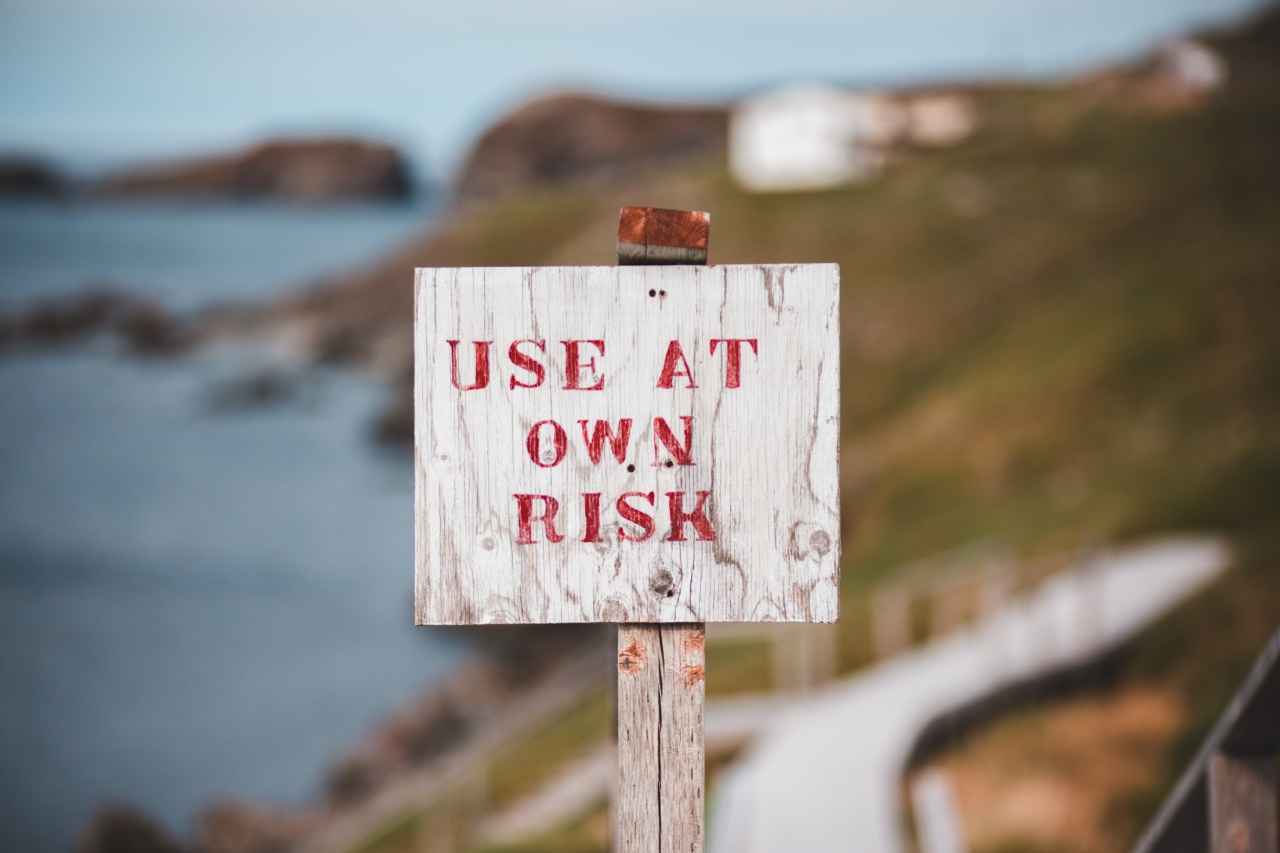While alcohol is often enjoyed by many people, it can pose a variety of hidden dangers to non-drinkers.
Whether you have chosen not to drink for personal or health reasons, it’s important to be aware of some of the potential hazards associated with alcohol use. Here’s what you need to know.
The Risks of Secondhand Drinking
Secondhand drinking is a term used to describe the negative effects that alcohol use can have on people who don’t drink.
When someone drinks too much, their behavior can become unpredictable, and they may become aggressive, violent, or otherwise dangerous. This can put non-drinkers at risk, especially if they are in close proximity to someone who is under the influence.
Additionally, people who are exposed to secondhand drinking may experience emotional distress, anxiety, or other mental health problems. This can be especially true if they have a history of trauma or prior experience with addiction themselves.
Increased Risk of Accidents
Alcohol use has been linked to an increased risk of accidents, whether it’s a car crash, a workplace accident, or a simple slip and fall.
Non-drinkers can also be at risk, as they may be around people who have been drinking and may not be in complete control of their actions.
To avoid accidents and injuries, it’s important to be aware of your surroundings and the behavior of others.
If you’re at a party or gathering where people are drinking heavily, it may be best to leave early or avoid the situation altogether.
Long-Term Health Risks
While some people may think that alcohol is relatively harmless if consumed in moderation, there are long-term health risks associated with alcohol use that can affect non-drinkers. For example:.
- Alcohol use has been linked to an increased risk of certain types of cancer, including liver, breast, and colorectal cancer
- Heavy alcohol use can damage the liver, leading to cirrhosis or other liver diseases
- Alcohol use increases the risk of high blood pressure, heart disease, and stroke
Even if you don’t drink alcohol, it’s important to be aware of these risks and take steps to protect your health.
Risks for Pregnant Women
Alcohol use during pregnancy can be especially dangerous, even in small amounts. Women who drink during pregnancy may increase their risk of miscarriage, stillbirth, and premature delivery, and their children may be at risk of fetal alcohol syndrome, a condition that can cause lifelong physical and mental disabilities.
If you’re pregnant or planning to become pregnant, it’s important to avoid alcohol entirely to ensure the health and safety of your baby.
The Risk of Addiction and Alcoholism
While not everyone who drinks becomes addicted to alcohol, some people are more susceptible to addiction than others. Factors such as genetics, family history, and mental health can all play a role in increasing the risk of addiction.
Non-drinkers can also be affected by addiction, as they may have family members or loved ones who struggle with alcoholism.
It’s important to be aware of the signs of alcoholism, such as drinking alone, hiding alcohol use, or experiencing withdrawal symptoms when not drinking. If you or someone you know is struggling with alcohol addiction, seeking professional help is crucial for recovery.
The Importance of Education and Awareness
While alcohol can pose many risks to non-drinkers, education and awareness can help decrease these dangers.
By learning about the risks associated with alcohol use and implementing strategies to stay safe, non-drinkers can enjoy social situations without putting themselves in harm’s way.
If you have friends or loved ones who regularly drink, it’s important to have a frank conversation with them about the potential risks of secondhand drinking.
By creating an open dialogue, you may be able to help others understand the importance of moderation and responsible alcohol use.
Conclusion
While alcohol can be an enjoyable part of life for many people, it can also pose many risks to non-drinkers.
By understanding these dangers and taking steps to protect yourself, you can enjoy social situations without compromising your health and safety.






























